The homemade video abstract on the BMJ website shows you the difference between odds and risk, and how one odds ratio can mean several different relative risks (RRs), depending on the risk in one of the groups Unfortunately, in some situations, you just have to get an OR, notably logistic regression and retrospective casecontrol studiesSimilar to relative risk, the odds ratio for exposure is equal to a/c divided by b/d Similar to the odds ratio for exposure, the odds ratio for disease is equal to a/b divided by c/d, where a/b represents the odds for disease in those exposed to the risk and c/d represents the oddsThe Relative Risk Ratio and Odds Ratio are both used to measure the medical effect of a treatment or variable to which people are exposed The effect could be beneficial (from a therapy) or harmful (from a hazard) Risk is the number of those having the outcome of interest (death, infection, illness, etc) divided by the total number exposed to
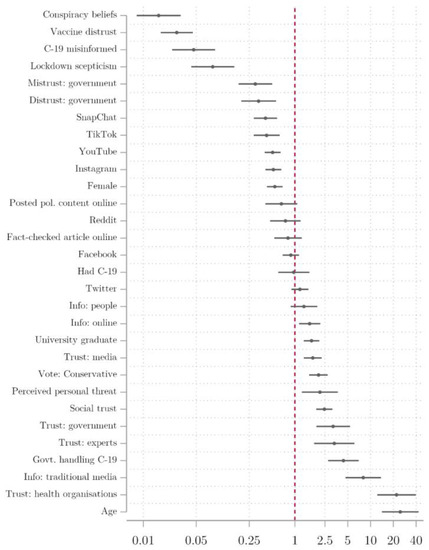
Vaccines Free Full Text Lack Of Trust Conspiracy Beliefs And Social Media Use Predict Covid 19 Vaccine Hesitancy Html
Odds ratio vs relative risk reddit
Odds ratio vs relative risk reddit-Relative Risk, Odds, and Fisher's exact test I) Relative Risk A) Simply, relative risk is the ratio of p 1/p 2 For instance, suppose we wanted to take another look at our Seat belt safety data from Florida Safety equipment Injury in use Fatal Nonfatal Total None 1,601 165,527 167,128 Seat belt 510 412,368 412,878The ratio of these is the risk ratio, a relative measure of association Risk Ratio = CI e /CI u = 090/058 = 155 Interpretation Smokers had 155 times the risk of respiratory disease compared to nonsmokers over an 18 year period of observation Using the same cumulative incidences we can calculate the risk difference, an absolute measure
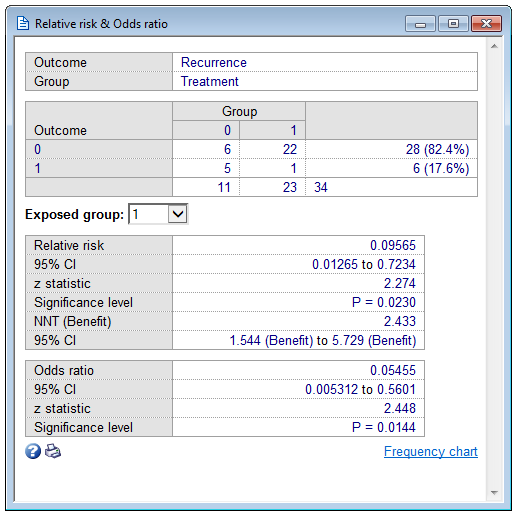



Relative Risk Odds Ratio
Odds ratio vs relative risk Odds ratios and relative risks are interpreted in much the same way and if and are much less than and then the odds ratio will be almost the same as the relative risk In some sense the relative risk is a more intuitive measure of effect sizeOdds are the ratio of the probability of an ev ent occurring in a group, divided by the probability of that ev ent not occurring odds = π 1 − π For example, if probability of death in aSafety How works Test new features Press Copyright Contact us Creators
Odds = p / (1 – p) And lastly, how would you explain it concisely to someone with a 7th grade reading level (like the prototypical medical patient)?Sometimes, we see the log odds ratio instead of the odds ratio The log OR comparing women to men is log(144) = 036 The log OR comparing men to women is log(069) = 036 log OR >Relative risk (RR) and odds ratio (OR) are used to measure (quantify) the strength (size) of association Therefore, chisquare is categorized as a
Odds ratios are a common measure of the size of an effect and may be reported in casecontrol studies, cohort studies, or clinical trials Increasingly, they are also used to report the findings from systematic reviews and metaanalyses Odds ratios are hard to comprehend directly and are usually interpreted as being equivalent to the relative risk Unfortunately, there is aRisk ratios, odds ratios, and hazard ratios are three ubiquitous statistical measures in clinical research, yet are often misused or misunderstood in their interpretation of a study's results 1 A 01 paper looking at the use of odds ratios in obstetrics and gynecology research reported 26% of studies (N = 151) misinterpreted odds ratios as risk ratios 2, while aOdds ratio vs relative risk Odds ratio Research question Reporting the results Protective odds ratios Adjusting for interrelationships between risk factors Binary logistic regression Research question Computing confidence intervals from logistic regression output Reporting the results Plotting the results in a figure Relative risk




Pdf Characterizing Trends In Hpv Vaccine Discourse On Reddit 07 15 Preprint




Association Of Body Mass Index And Age With Morbidity And Mortality In Patients Hospitalized With Covid 19 Circulation
Odds Ratio Vs Relative Risk Bila dua kelompok sedang dalam studi atau observasi, Anda dapat menggunakan dua ukuran untuk menggambarkan kemungkinan komparatif sebuah peristiwa yang terjadiKedua ukuran ini adalah odds ratio dan relative risk Keduanya merupakan dua konsep statistik yang berbeda, meski begitu banyak saling berkaitan satu sama lainThe basic difference is that the odds ratio is a ratio of two odds (yep, it's that obvious) whereas the relative risk is a ratio of two probabilities (The relative risk is also called the risk ratio) Let's look at an example Relative Risk/Risk Ratio Suppose you have a school that wants to test out a new tutoring programRelative risks (RRs) and prevalence ratios (PRs) are measures of association that are more intuitively interpretable than odds ratios (ORs) Many health science studies report OR estimates, however, even when their designs permit and study questions target RRs and/or PRs




Odds Ratio Relative Risk Risk Difference With R R Tutorial 4 11 Marinstatslectures Youtube




Relative Risk Odds Ratio
The odds ratio will be greater than the relative risk if the relative risk is greater than one and less than the relative risk otherwise In the example above, if the adjusted odds ratio were interpreted as a relative risk, it would suggest that the risk of antibiotic associated diarrhoea is reduced by 75% for the intervention relative to theOdds ratio and relative riskThe odds are successes/failures while probability is successes/total Relative risk is the ratio of the probabilities, while the odds ratio is, as the name suggests, the ratio of odds Suppose the probability increases from 025 to 05, giving a relative risk of 2 The odds change from 1/3 to 1, for an odds ratio of 3




Odds Ratio Relative Risk Calculation Definition Probability Odds Youtube



Reddit Scraper Raw Txt At Master Scottl Reddit Scraper Github
Odds ratios (OR) are commonly reported in the medical literature as the measure of association between exposure and outcome However, it is relative risk that people more intuitively understand as a measure of association Relative risk can be directly determined in a cohort study by calculating a risk ratio (RR)Think of a coin tossThe relative risk and the odds ratio are measures of association between exposure status and disease outcome in a population Relative risk In epidemiology, relative risk (RR) can give us insights in how much more likely an exposed group is to develop a certain disease in comparison to a nonexposed group Once we know the exposure and disease status of a research population,




Relative Risk Odds Ratios Youtube




What Is The Meaning Of Odds Ratio And Risk Ratio And How Can Use Them In Epidemiological Studies
If the absolute risk of a certain outcome occurring is very low, that can help contextualize the reduction or increase you see in terms of relative risk Odds ratio This is the same as the risk ratio, with a slight difference in how the probability of an outcome is measured It uses odds, which is a ratio of probabilities;Both the odds ratio and the relative risk compare the relative likelihood of an event occurring between two groups The relative risk is easier to interpret and is consistent with general intuition Some designs, however, allow only for the calculation of the oddsFor or_to_rr(), the risk ratio estimate Details This function extracts the odds ratios (exponentiated model coefficients) from logistic regressions (fitted with glm or glmer) and their related confidence intervals, and transforms these values into relative risks (and their related



Icare An R Package To Build Validate And Apply Absolute Risk Models



Reddit L2 Vocab No Entities Pos 100 Dat At Master Ellarabi Reddit L2 Github
Although the odds ratio is close to the relative risk when the outcome is relatively uncommon 12, there is a recognized problem that odds ratios do not give a good approximation of the relative risk when the initial risk is high 13, 14 Furthermore, an odds ratio will always exaggerate the size of the effect compared to a relative risk 15, 16 When the OR is less than 1, it is smallerRELATIVE RISK AND ODDS RATIO Risk and Odds just seemed the same to me for a long time Since then, I have come to understand to important difference Lets start with Relative Risk Relative Risk can be addressed by asking the following question How many times more likely is an exposed group to develop aTo not sweat the details, and just think of it as a relative risk (basically, the way I just explained it to a medical student)




Odds Risks And Other Numbers Needed To Complicate Things Choi 16 Anaesthesia Wiley Online Library



1
Percent increase = (Risk Ratio lower bound – 1) x 100 Percent decrease = (1 – Risk Ratio upper bound) x 100 It's worth stating again when comparing two proportions close to 1 or 0, the risk ratio is usually a better summary than the raw difference Odds Ratios We now turn to odds ratios as yet another way to summarize a 2 x 2 tableValue A data frame with relative risks and lower/upper confidence interval for the relative risks estimates;About Press Copyright Contact us Creators Advertise Developers Terms Privacy Policy &




Interpreting Odds And Odds Ratios Logistic Regression R Askstatistics
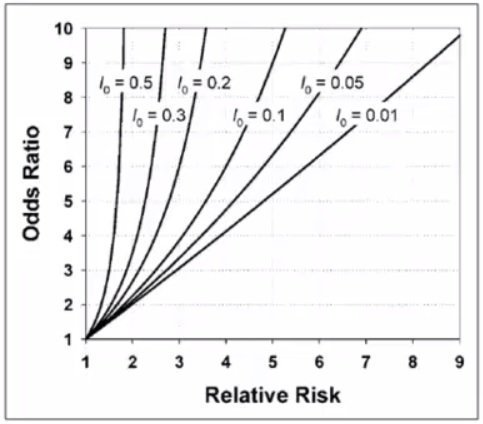



Cecile Janssens A Reminder That Odds Ratios Massively Overestimate Relative Risks When Outcome Is Common In The Population Or By Study Design E G Case Control Studies Io Is Proportion Of Cases
Odds Ratio (OR) is a ratio or proportion of odds I just remember that odds ratio is a ratio of odds and probability isn't a ratio of odds (AKA it is the other option) Relative Risk = Probability / Probability Odds Ratio = Odds / Odds Now that you have a general idea of what odds ratio and relative risk are you need to know when to use9222 Measures of relative effect the risk ratio and odds ratio Measures of relative effect express the outcome in one group relative to that in the other The risk ratio (or relative risk) is the ratio of the risk of an event in the two groups, whereas the odds ratio is the ratio of the odds of an event (see Box 92a)For both measures a value of 1 indicates that the estimated effectsThe difference between odds ratio and risk ratio • ericminikel The other day I was emailing with a statistical genetics colleague about a rare SNP associated with a phenotype I stated that the minor allele frequency (MAF) was 07% in cases and 01% in controls, for a risk ratio of 7 After clicking send, I felt a twinge of regret




Medical Statistics Ix Bias Relative Risk And Odds Ratio Youtube



Association Of Bariatric Surgery With All Cause Mortality And Incidence Of Obesity Related Disease At A Population Level A Systematic Review And Meta Analysis
It is never illegal to use odds ratio, but the more accurate relative risk is preferred when the data support that analysis You agree that the trial is prospective, in which case you shouldThe outcome is less likely to happen than it is to happen 3 When the odds are equal to one, the outcome is as likely to happen as not 4 When the odds are greater than one, the odds are45% 2 After converting the odds ratio to a risk ratio, the actual risk is 14 (mortality is 14 times more likely in patients with ICU delirium compared to those without ICU delirium) Because the incidence rate in the nondelirium group is high, the odds ratio exaggerates the true risk demonstrated in the study
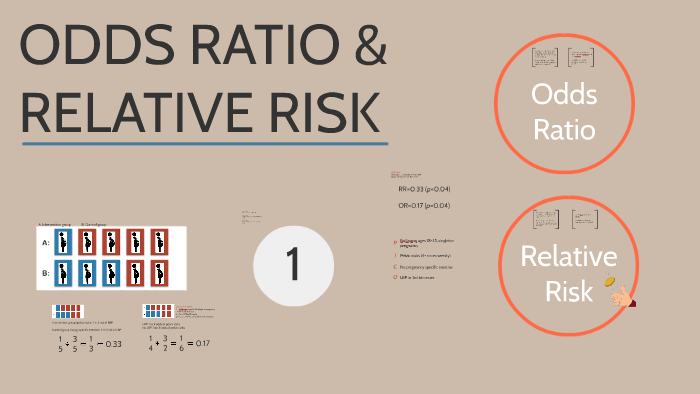



Odds Ratio Relative Risk By Susi Delaney




Reddit Deploys Layer 2 Solution Aimed At Scaling Ethereum Based Community Points Blickblock Re
Pute either the odds ratio or the relative risk to answer this question The odds ratio compares the relative odds of death in each group For women, the odds were exactly 2 to 1 against dying (154/308 05) For men, the odds were almost 5 to 1 in favor of death (709/142 4993) The odds ratio is 9986 (4993/05) There is a 10fold greaterI understand that odds ratio is the ratio is the odds of two groups (ie positive outcomes/negative outcomes), where as relative risk is the ratio of risk of two groups (ie positive outcomes/all outcomes)0 increased risk log OR = 0 no difference in risk log OR <




Rsi 4 Simple Relative Strength Index Trading Strategies




Figure Interpretation R Mcat
Relative risks and odds ratios are widely reported in the medical literature, but can be very difficult to understand We sought to further clarify these important indices Methods We illustrated both relative risks and odds ratios using bar charts, then looked at the types of study for which each statistic is suitedThe relative risk is basically expressed as the probability of an event happening The Odds which is being expressed in an odds ratio is the chance of something happening over the chance that it doesn't happen (If you are at all familiar with statistical notation, it is kind of like the difference of p vs p/(1p)) A hazard ratio can be understood very similar to a relative risk1 The value of the odds for an outcome can vary from zero to infinity 2 When the odds for an outcome are less than one, the odds are unfavourable to the outcome;



Icare An R Package To Build Validate And Apply Absolute Risk Models




Do B Blockers Cause Depression Hypertension
For example, OR = Odds in treated group / Odds in Placebo group When P1 and P0 are small, OR can be used to estimate RR However, then P1 and P0 are close to 05, the OR is typically much larger than RR Steve Simon wrote an excellent web page about the comparison of Odds Ratio versus Relative RiskPortantly, we see that the odds ratio is close to the relative risk if probabilities of the outcome are small (Davies et al, 1998) And it is this fact that enables us, most of the time, to approximate the relative risk with the odds ratio Table 5 below illustrates the relationship between RR and OR for some probabilities of the outcomeThe odds ratio can also be used to determine whether a particular exposure is a risk factor for a particular outcome, and to compare the magnitude of various risk factors for that outcome Cite




Epidemiology Risk Factors Prognosis Peripheral Vascular Disease Basic Clinical Perspectives




Relative Risk Wikipedia
Share journal articles, news, and anything else that may be related to epidemiology Epidemiology is the study of the distribution and determinants of healthrelated states or events (including disease), and the application of this study to the control of diseases and other health problems World Health Organization (WHO) 128k0 decreased risk Odds Ratio 0 5 10 15 More on the Odds Ratio Log Odds Ratio4 2 0 2 4The odds ratio of the second population relative to the first is (1/4)/(1/9) = 225, ie a ratio of ratios, and roughly, but not quite the same, as the relative risk



How To Interpret The Odd Ratio And P Value




Ally Bank Investments Reddit Can You Trade A Forward Or Future Free Modern Man
Relative Risk and Odds Ratio for the obese 3) Overall, you can see that decreasing the baseline incidence will decrease the odds ratio (300 in those who are nonobese versus 129 in those who are obese) Obviously, these results run counter to expected results, putting the onus on the researcher to justify them Similarly, you should findRR and OR are commonly used measures of association in observational studies In this video I will discuss how to interpret them and how to apply them to patWhen the disease is rare, the odds ratio will be a very good approximation of the relative risk The more common the disease, the larger is the gap between odds ratio and relative risk In our example above, p wine and p no_wine were 0009 and 0012 respectively, so the odds ratio was a good approximation of the relative risk OR = 0752 and RR = 075
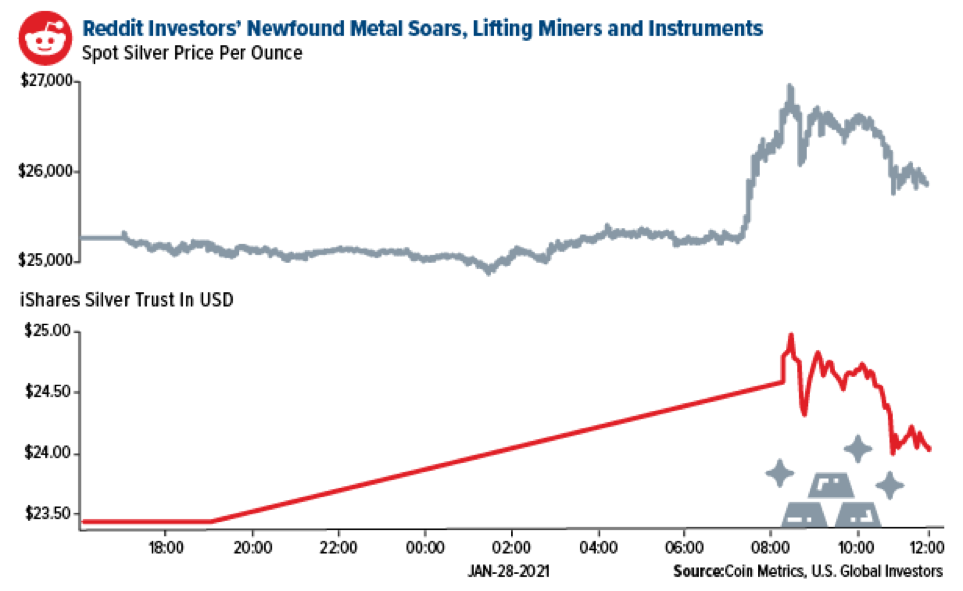



The Real Silver Squeeze Lies Ahead Investing Com




Effect Sizes Basicmedical Key
The odds ratio supports clinical decisions by providing information on the odds of a particular outcome relative to the odds of another outcome In the endocarditis example, the risk (or odds) of dying if treated with the new drug is relative to the risk (odds) of dying if treated with the standard treatment antibiotic protocol




Reddit Chooses To Leverage Arbitrum S Layer 2 Tech With Community Point Eth Based Tokens Jackofalltechs Com




Measures Of Effect Relative Risks Odds Ratios Risk Difference And Number Needed To Treat Kidney International




Statistics For Clinicians An Introduction To Logistic Regression Wiest 15 Journal Of Paediatrics And Child Health Wiley Online Library




The Relations Among Three Popular Indices Of Risks Feng 19 Statistics In Medicine Wiley Online Library




Correlations Between Physician And Hospital Stroke Thrombectomy Volumes And Outcomes A Nationwide Analysis Stroke



Oc If You Get Coronavirus How Likely Are You To Die From It R Dataisbeautiful




Sec Filing Origin Materials Inc




Odds Ratios Vs Risk Ratios Stats By Slough




Calculation And Interpretation Of Odds Ratio Or And Risk Ratio Rr Youtube




Reddit And Radiation Therapy A Descriptive Analysis Of Posts And Comments Over 7 Years By Patients And Health Care Professionals Advances In Radiation Oncology
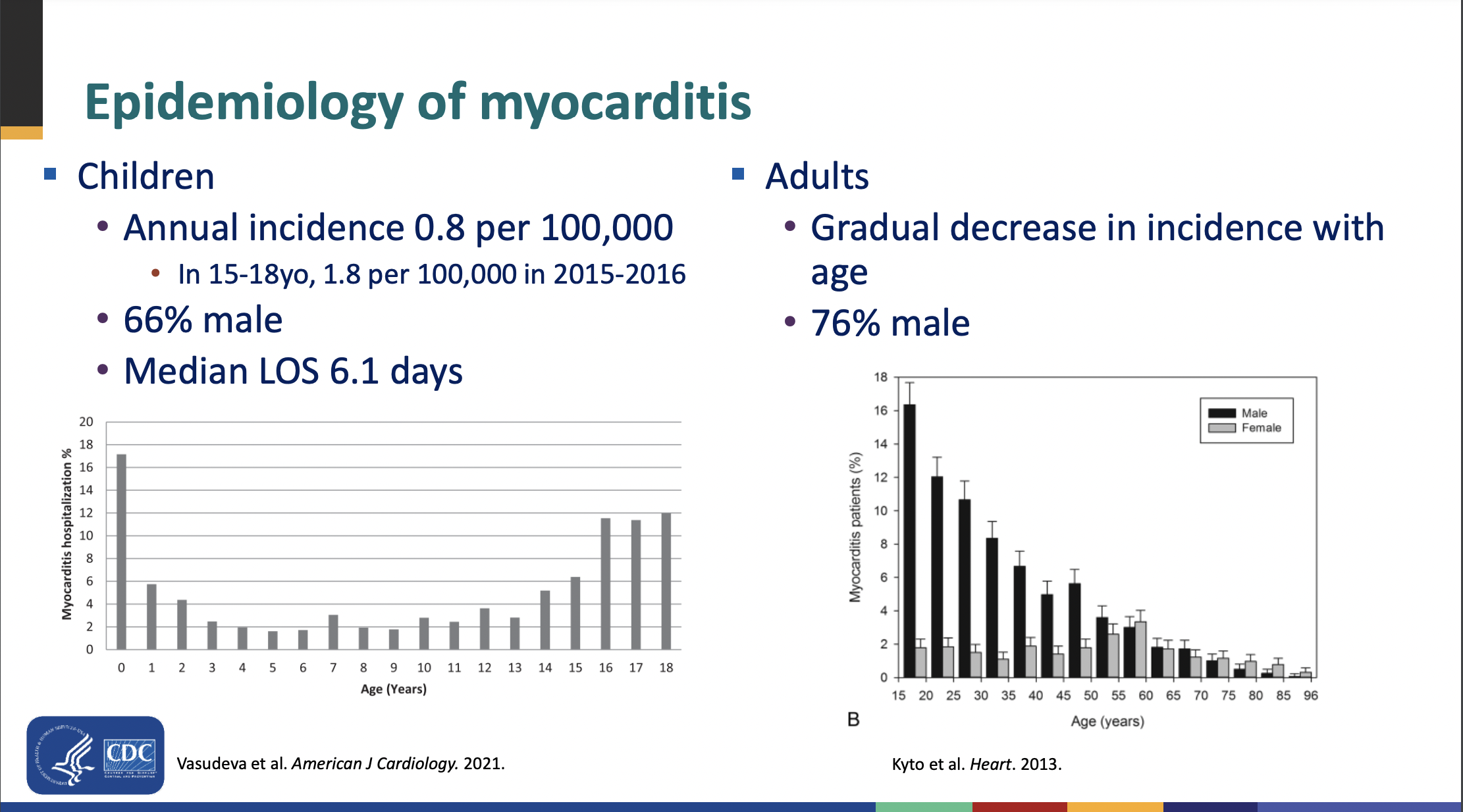



Here S All The Data On Myocarditis Cases Linked To Covid 19 Vaccines Ars Technica




Converting An Odds Ratio To A Range Of Plausible Relative Risks For Better Communication Of Research Findings The Bmj




What Is An Odds Ratio And How Do I Interpret It Critical Appraisal




What Are The Best Science Math Books According To Reddit



Ctspedia Ctspedia Oddsrisk




Vaccines Free Full Text Lack Of Trust Conspiracy Beliefs And Social Media Use Predict Covid 19 Vaccine Hesitancy Html




When Can Odds Ratios Mislead The Bmj




Odds Ratio Wikipedia




Relative Risk Versus Odds Ratio Usmle Biostatistics 4 Youtube




Absolute Risk Reduction Your Secret Weapon In Literature Evaluation Tl Dr Pharmacy




Which Etf To Buy Reddit Gold Stocks Right Now Rockinpress




Derivation And Validation Of Genome Wide Polygenic Score For Ischemic Heart Failure Journal Of The American Heart Association



2




Which Etf To Buy Reddit Gold Stocks Right Now Rockinpress




How Misinformation Is Distorting Covid Policies And Behaviors




What Is Risk And Relative Risk By Sergen Cansiz Jan 21 Towards Data Science




Musings On Markets The Storming Of The Bastille The Reddit Crowd Targets The Hedge Funds



Relative Risk Ratios And Odds Ratios
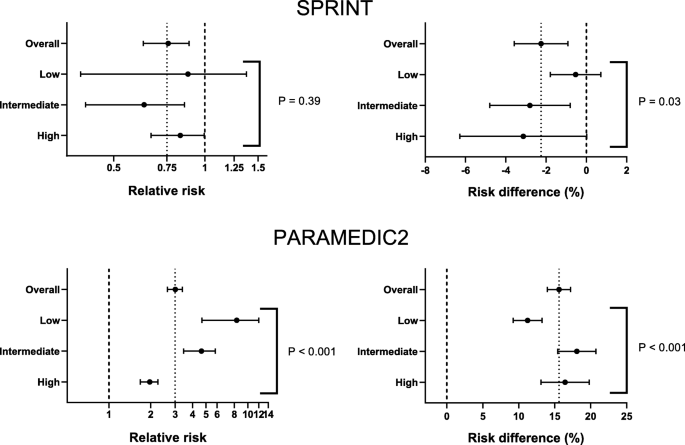



Absolute Vs Relative Effects Implications For Subgroup Analyses Trials Full Text




When Does The Odds Ratio Not Equal The Relative Risk And Why Should You Care Barger 18 Journal Of Midwifery Amp Women S Health Wiley Online Library




Fake Proof Of Address Reddit




Absolute Risk Reduction Your Secret Weapon In Literature Evaluation Tl Dr Pharmacy




Relative Risks And Odds Ratios Simple Rules On When And How To Use Them Mckenzie European Journal Of Clinical Investigation Wiley Online Library



Subreddit Classifier Crazy Ideas 2 Csv At Master Dunyaoguz Subreddit Classifier Github




Prevalence Odds Ratio Versus Prevalence Ratio Choice Comes With Consequences Tamhane 16 Statistics In Medicine Wiley Online Library




Pdf When To Use The Odds Ratio Or The Relative Risk Semantic Scholar




Eli5 What Is An Adjusted Odds Ratio Explainlikeimfive




Cph Exam Review Epidemiology Ppt Download




I7tdwrunb4fdum



Polygenic Risk Scores Odds Ratios Vs Beta Coefficients R Bioinformatics




Frontiers Initial Coin Offerings Risk Or Opportunity Artificial Intelligence
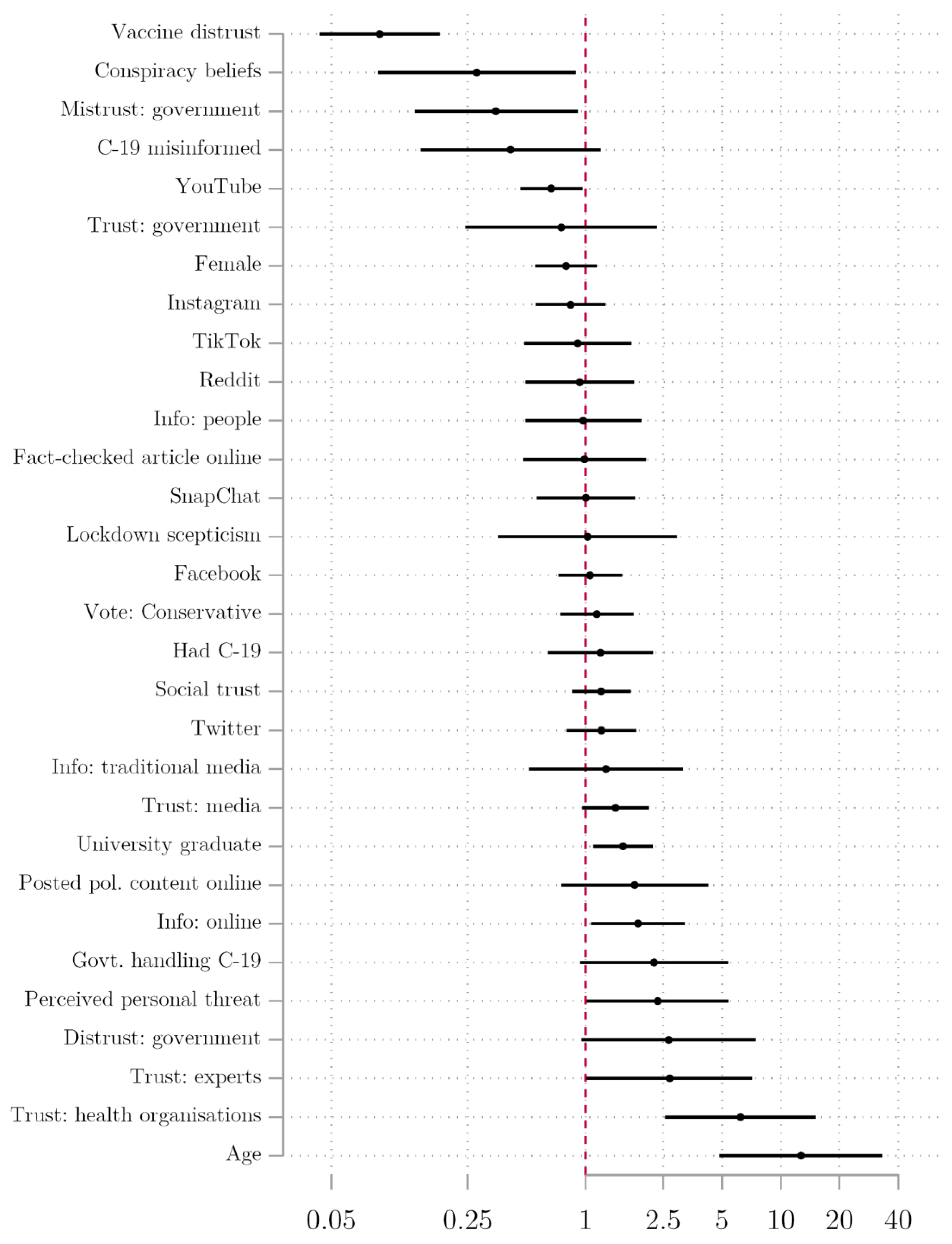



Vaccines Free Full Text Lack Of Trust Conspiracy Beliefs And Social Media Use Predict Covid 19 Vaccine Hesitancy Html




Eli5 How Should I Interpret Relative Risk In A Study R Explainlikeimfive




When To Use The Odds Ratio Or The Relative Risk



How To Read A Forest Plot Cochrane Uk



Number Needed To Treat




Cureus What S The Risk Differentiating Risk Ratios Odds Ratios And Hazard Ratios




New Data Dashboard Tracks Covid 19 Risk For Unvaccinated People Compared To Vaccinated People Public Health Insider



Relative Risk



2




It S Likely Going To Take A Constant Stream Of Excited Buyers To Keep The Gamestop Amc Rally Going



2
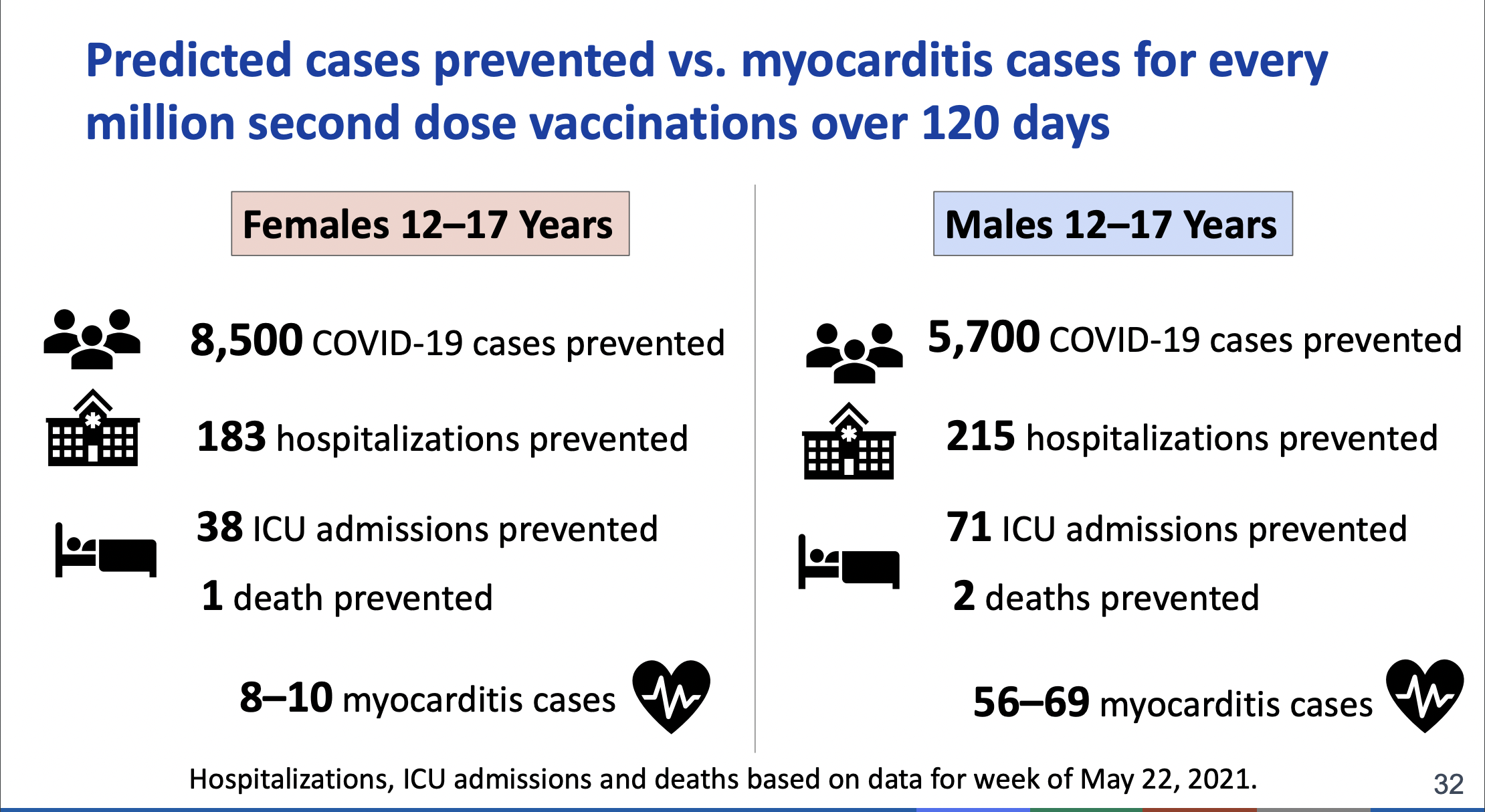



Here S All The Data On Myocarditis Cases Linked To Covid 19 Vaccines Ars Technica



Definition And Calculation Of Odds Ratio Relative Risk Stomp On Step1




Network Meta Analysis Of Ticagrelor For Stroke Prevention In Patients At High Risk For Cardiovascular Or Cerebrovascular Events Stroke




New Funding Round Sees Reddit Gain 4b In Valuation Since February Blickblock Re




College Statistics Sas Interpretation Relative Risk Odds Ratio R Homeworkhelp




In A Meta Analysis Of Adjusted Estimates From Observational Studies Can I Pool Or With Hr And Rr Probably Not How Can I Transform Hr To Or



2
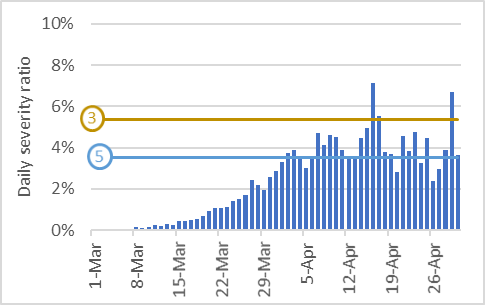



The Unreal Dichotomy In Covid 19 Mortality Between High Income And Developing Countries




Redditors In Recovery Text Mining Reddit To Investigate Transitions Into Drug Addiction Deepai




Odds Ratios And Risk Ratios Youtube




Number Of Posts On Reddit Per Year That Are Relevant To Same Sex Download Scientific Diagram



2




Clpsych 19 Shared Task Predicting The Degree Of Suicide Risk In Reddit Posts
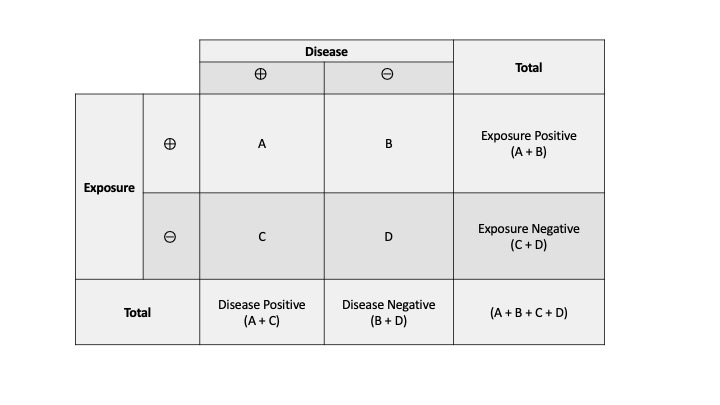



Measures Of Association Stats Medbullets Step 1




Pdf When To Use The Odds Ratio Or The Relative Risk Semantic Scholar




Relative Risk And Odds Ratio




Measures Of Effect Relative Risks Odds Ratios Risk Difference And Number Needed To Treat Kidney International




The Difference Between Relative Risk And Odds Ratios The Analysis Factor




Odds Ratio Wikipedia




Absolute Risk Reduction Your Secret Weapon In Literature Evaluation Tl Dr Pharmacy




Reddit Seeks Senior Engineer For Platform That Features Nft Backed Digital Goods Bitcoin News Crypto App Co



Reddit Webscraping Analysis Nsq Csv At Master Nmcalow Reddit Webscraping Analysis Github




Relative Risk Vs Odds Ratio Youtube



Attributable



0 件のコメント:
コメントを投稿